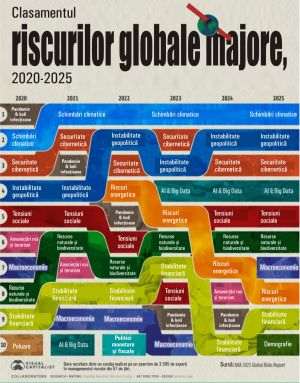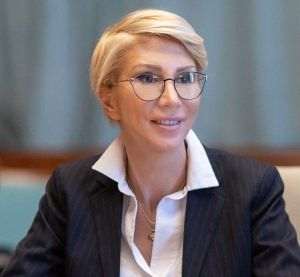The strategy of political decision-makers in Brussels regarding the financing of the measures in the Draghi plan, although it also refers to public sources, is based exclusively on private sources, civil society representatives say according to an article published on Wednesday on the Euractiv.de website.
According to the cited source, not only the German economy, but also that of the entire Eurozone is facing numerous structural problems, financial resources are insufficient, although the European Union needs investments in the order of trillions of euros. Moreover, the EU is facing major structural challenges: high energy prices, weak domestic and external demand, competition from cheap Chinese exports and US economic protectionism. In addition to these economic problems, there is growing pressure to invest in combating climate change, essential technologies such as artificial intelligence, as well as in military defense due to the conflict in Ukraine.
There is no unanimously accepted figure, but experts agree that the amounts involved are enormous. ECB economists estimate that Europe needs to spend an additional euro5.4 trillion between 2025 and 2031, or about euro771 billion per year.
Mario Draghi, former ECB president and former Italian prime minister, has proposed that Europe increase investment in the environment, digitalisation, defence and research by at least euro750-800 billion per year. Draghi stressed that this amount, equivalent to 4.4-4.7% of the EU's annual GDP, is probably a "conservative estimate".
Other studies suggest that the costs of adapting to climate change alone could reach euro1.6 trillion per year, bringing Europe's real investment needs to almost euro2 trillion per year or even more.
The cited source also shows that there is currently no clear consensus on how these investments should be distributed between the private and public sectors. Historically, 80% of investment has come from the private sector and 20% from the public sector. However, according to simulations by the International Monetary Fund and the European Commission, the current cost of private capital in Europe is about 2.5 percentage points too high to maintain this ratio. Thus, the ratio could reach 50-50, which would require EU countries to allocate at least 400 billion euros more annually.
Although Draghi has called for more public investment, the European Commission relies almost exclusively on private financing. One example is the "Compass for Competitiveness", which aims to attract private capital by reducing bureaucracy and integrating financial markets.
"It is mentioned that both public and private funds are needed, but the strategy relies almost entirely on private capital", said Zsolt Darvas of the Bruegel think tank, for the cited source.
According to Euractiv, the main obstacle to public investment is fiscal austerity. Many EU countries already have high deficits, and the European Commission has launched "excessive deficit" procedures against eight countries, including France and Italy, and that is why it would be desirable to turn to financing from private savings.




















































